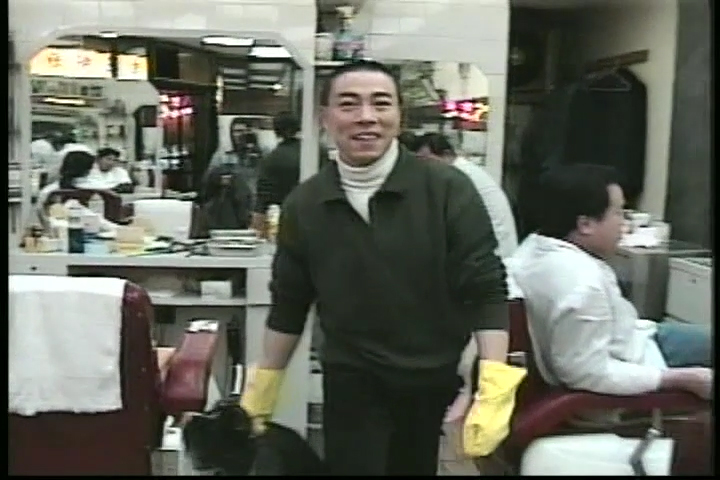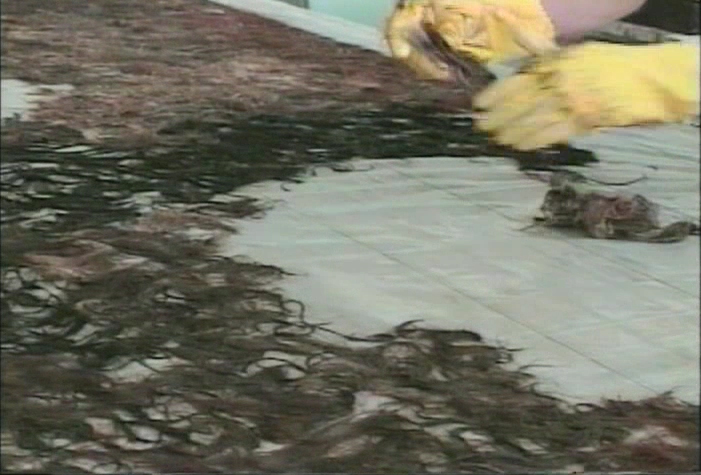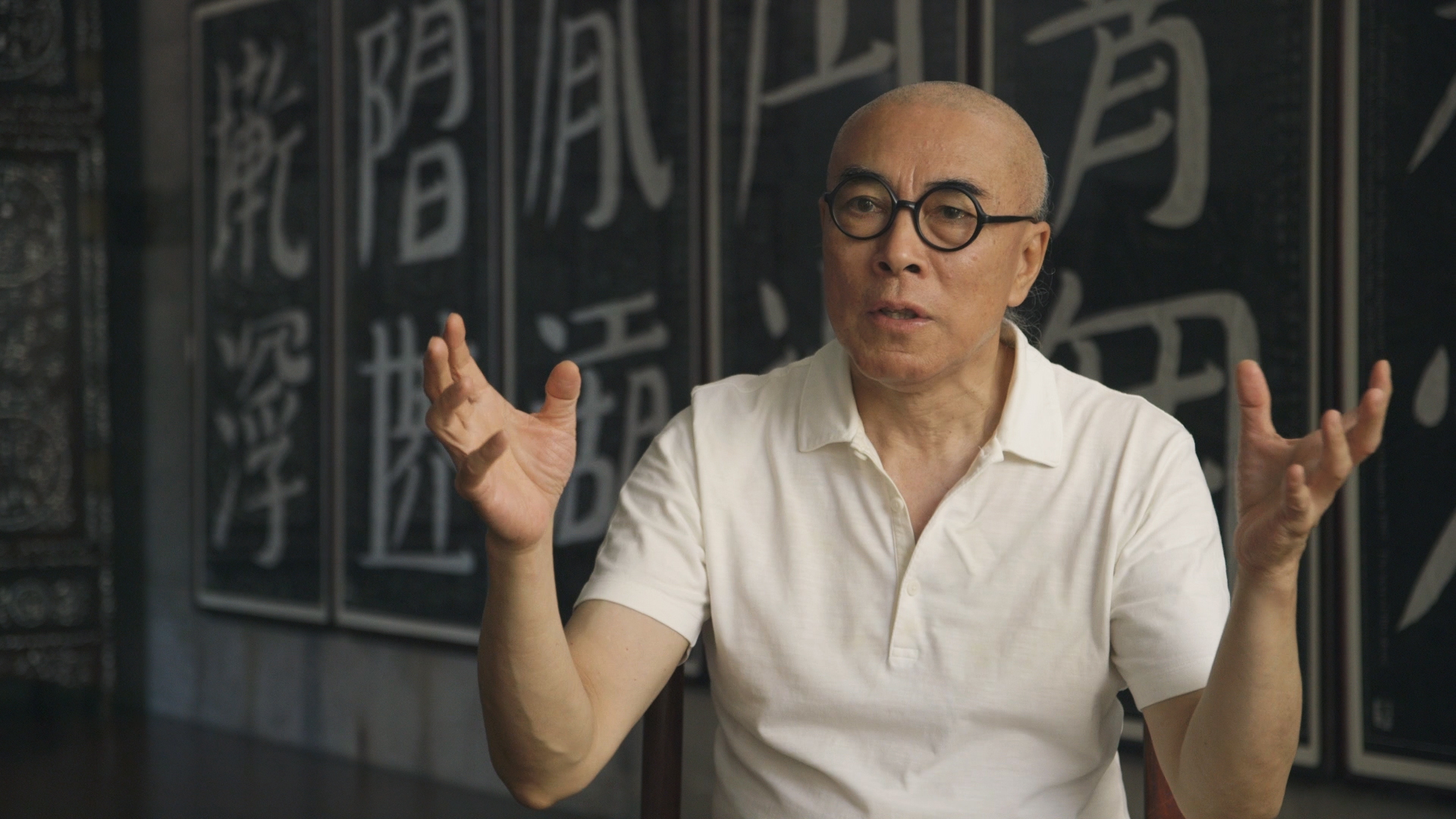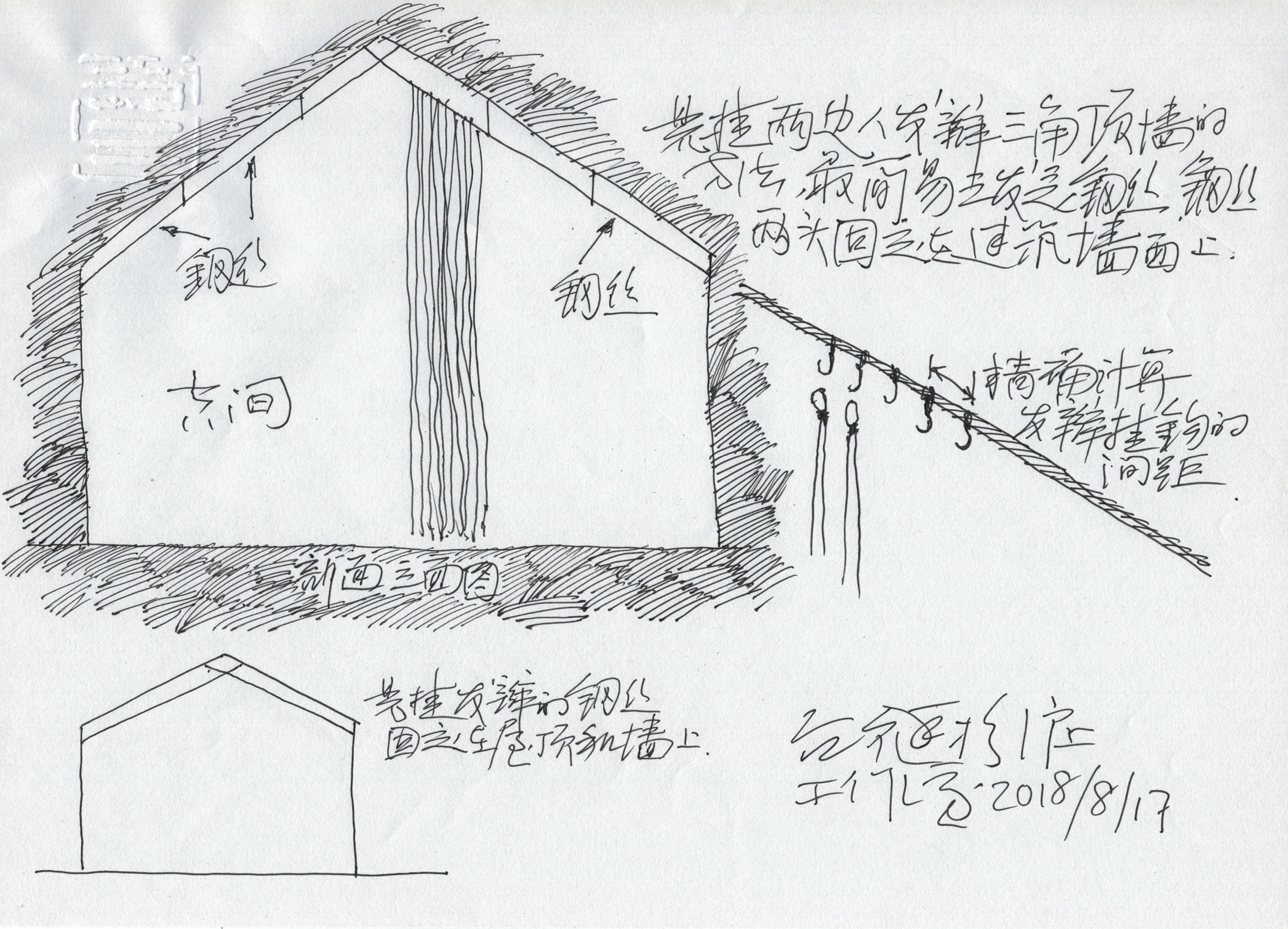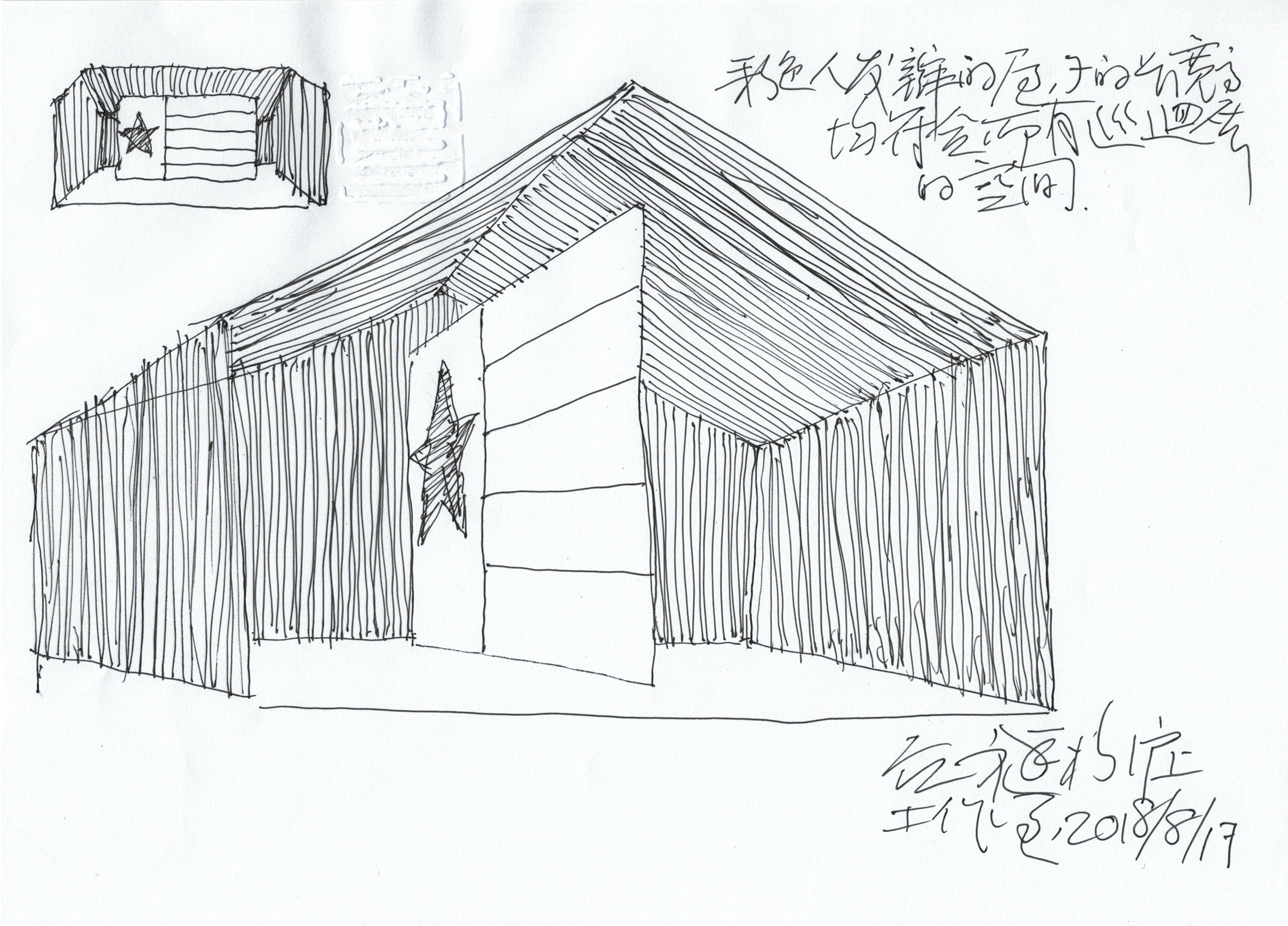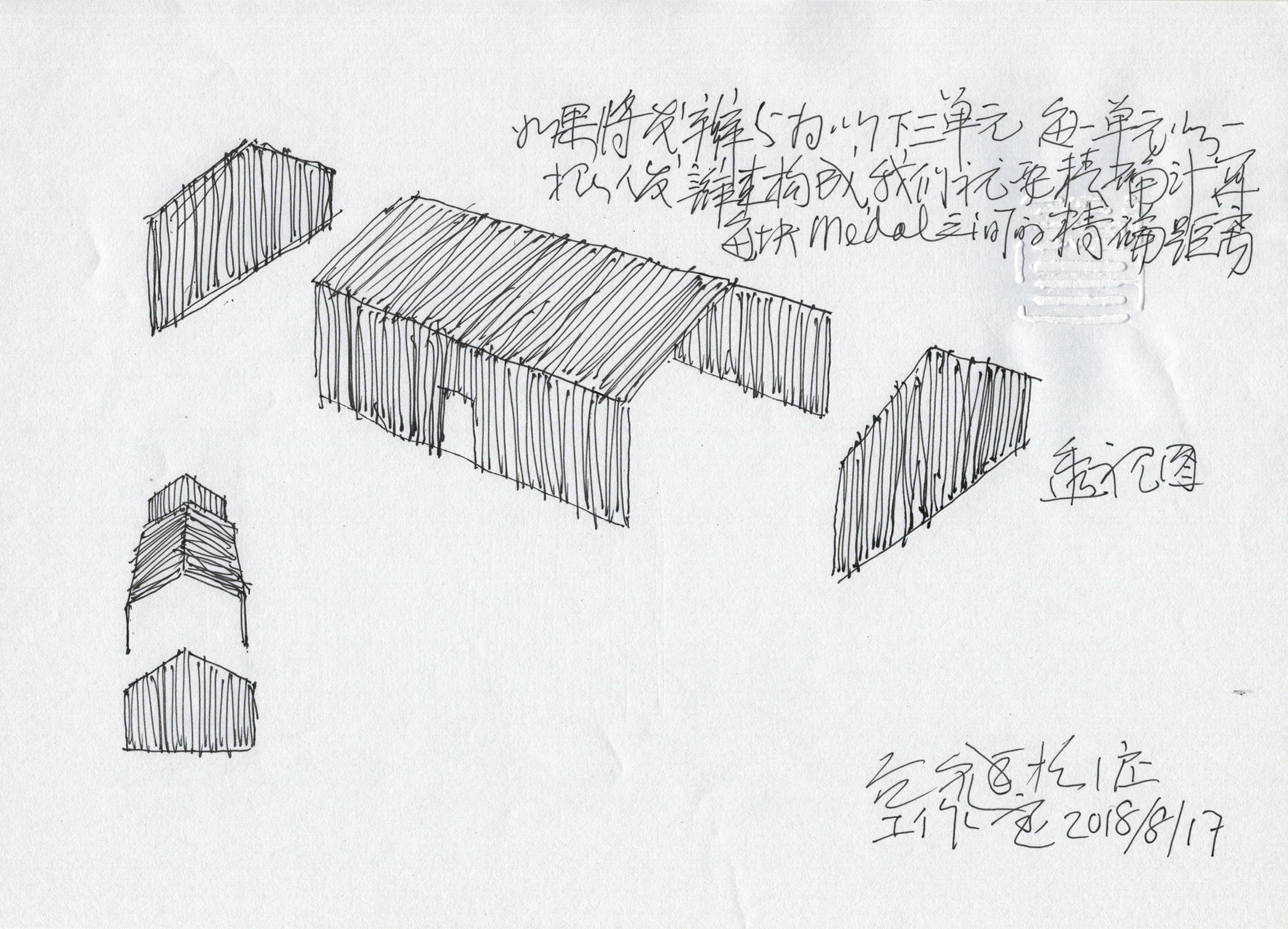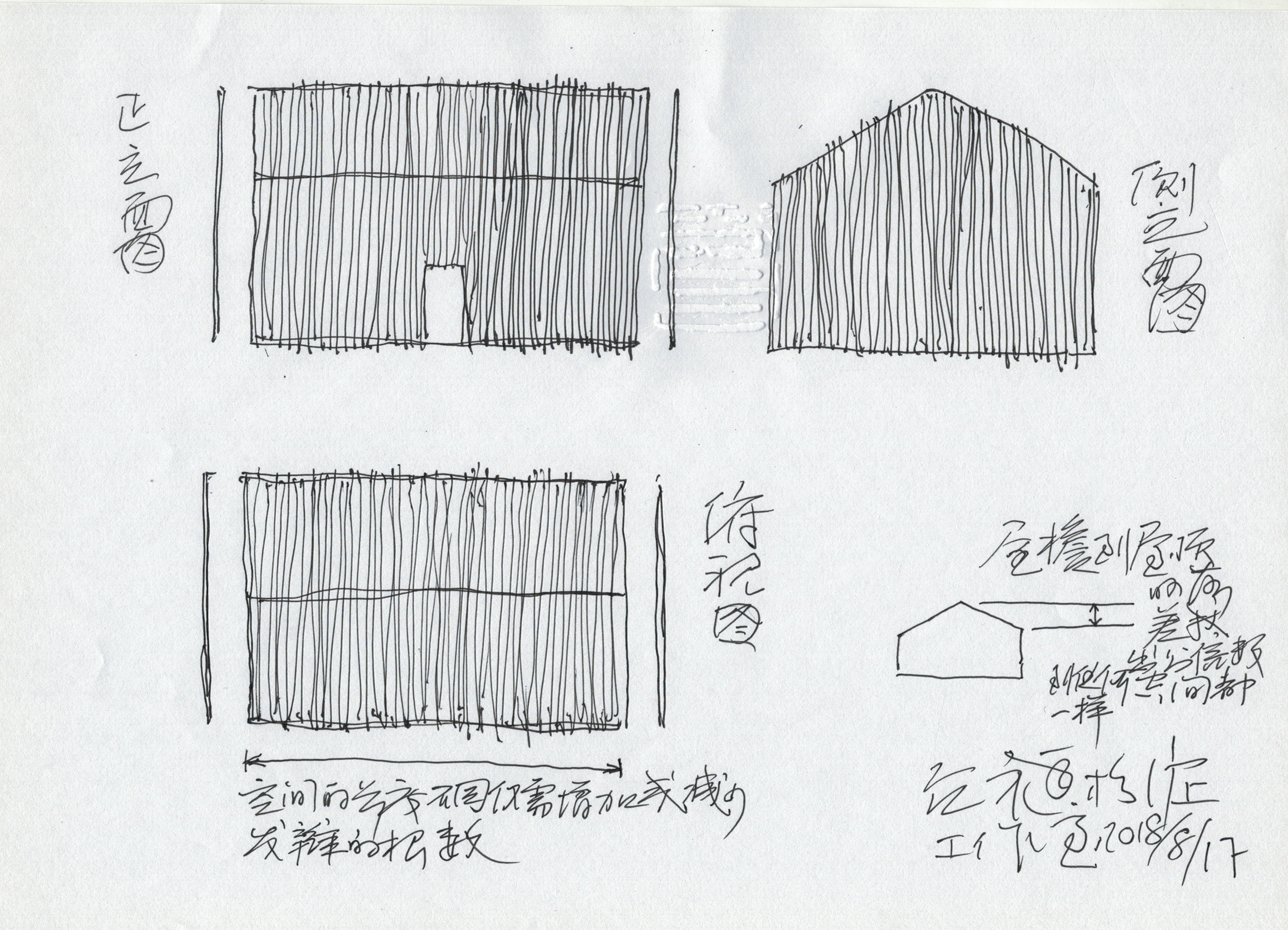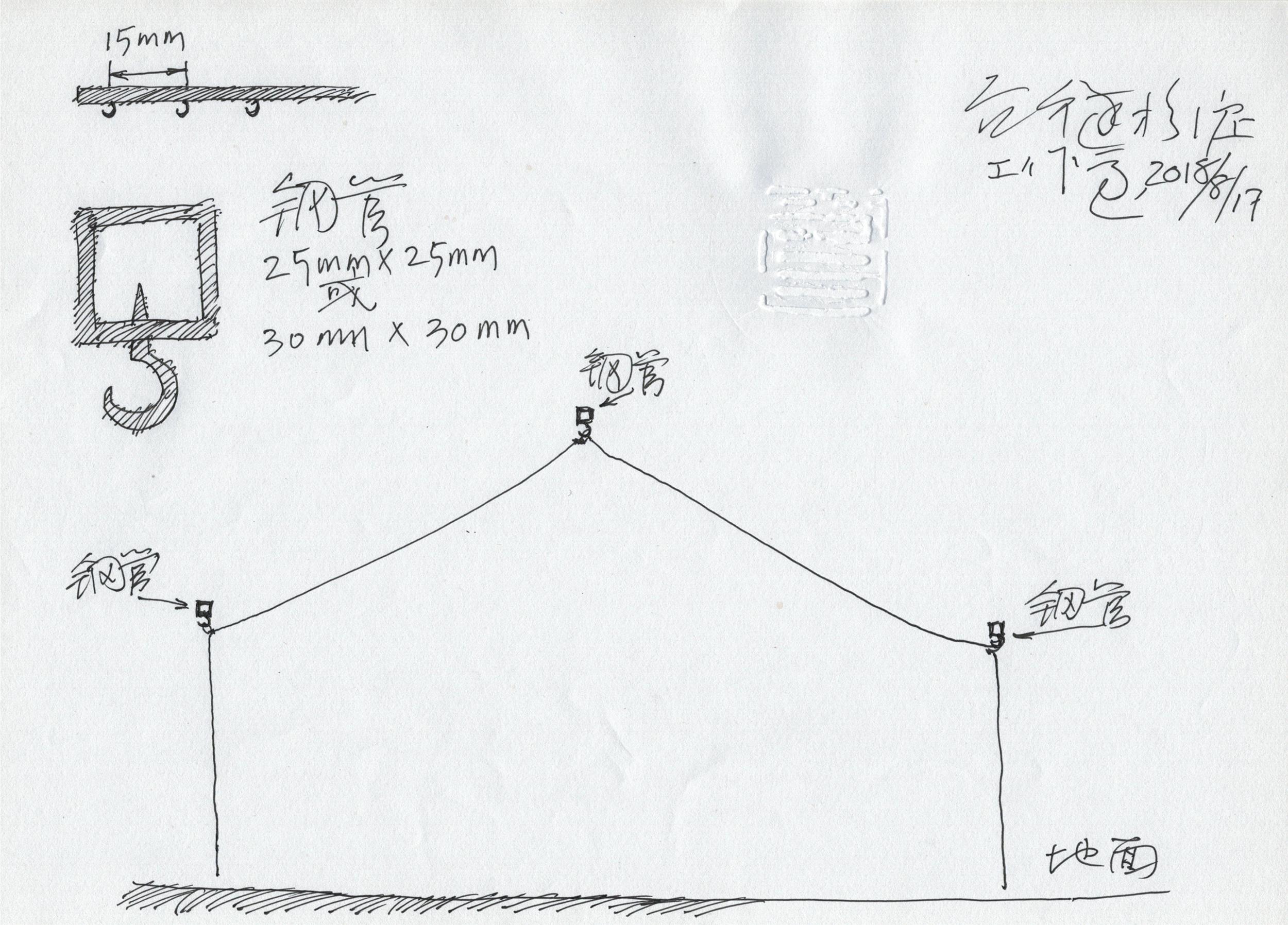Artist Profile
When gu wenda first moved to the United States in the early 1990s he began experimenting with different bodily materials. In 1993, he intermingled and felted strands of hair collected from around the world into a large-scale installation. Since then, gu has continued to use hair as the main material in his ongoing united nations series.
Conceived as “national monuments” for multiple countries around the world, each monument was composed with hair collected from the local community as its basic material. Shaping the hair with glue into transparent tapestries, on which he would inscribe cryptic pseudo-calligraphic texts using human hair, gu envisioned that the project would culminate in “a giant wall composed of pure human hair integrated from all of the monuments in the series.”1 Such a monument would symbolize a utopian world in which all races coexist in a state of natural harmony.
For american code, colorful braids of hair form a tent that encloses a flag, similarly made from hair. By bringing together hair from disparate groups of people from around the world, gu evokes the United States’ identity as a nation of immigrants. However, the flag hanging in the center of the monument does not belong to any particular country; rather, it is made up of a generic star and stripes formed by pseudo-scripts. By weaving together this common but profoundly personal material, gu reflects on the relationship between human interconnectedness and distinct personal identities.
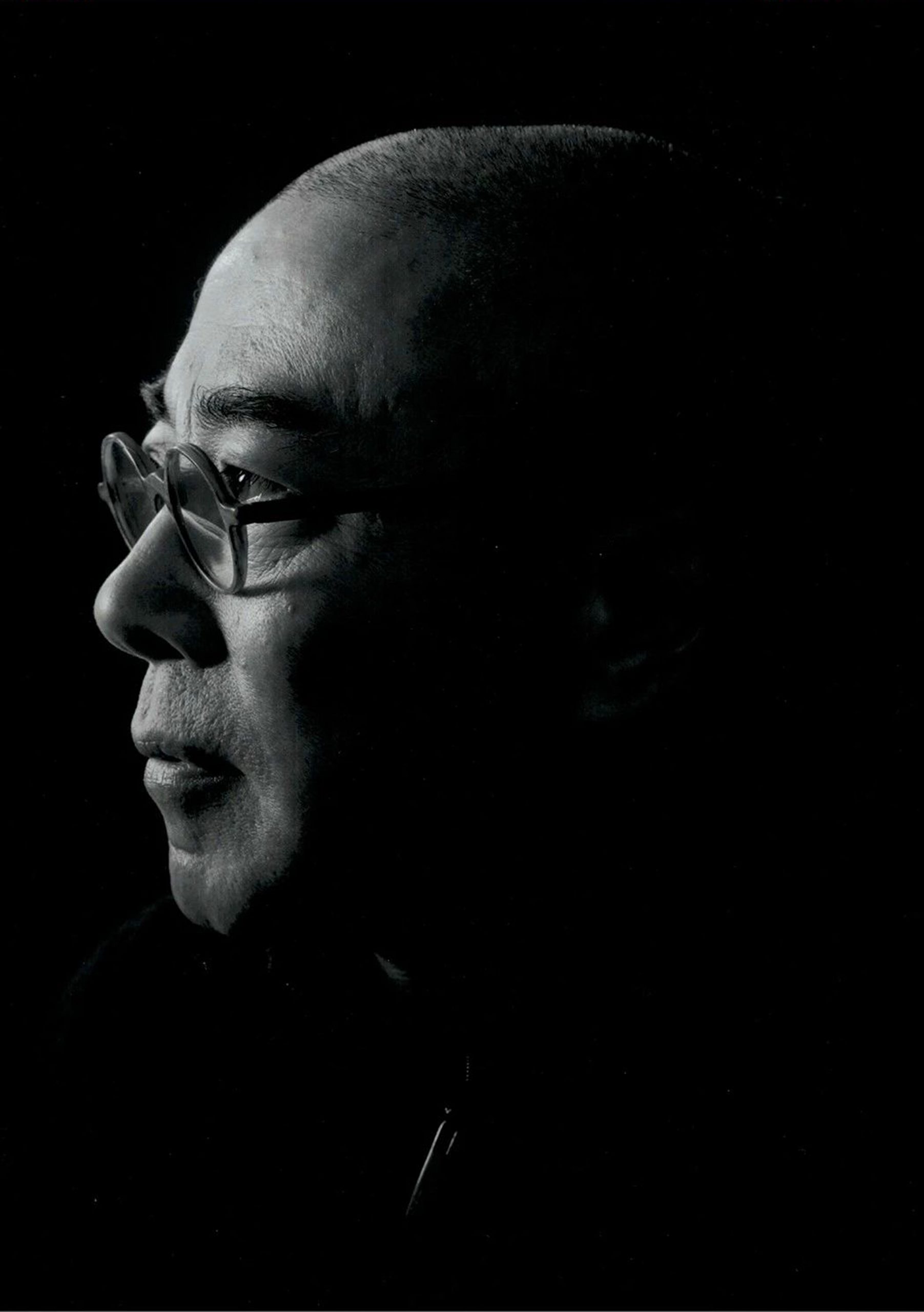
“One can’t combine every living person into a single work, but one can use DNA as a representation. So in reality, if you want to realize a united nation, it’s not quite possible. But this dream can be achieved through art by bringing parts of humanity together.”—gu wenda 2
Footnotes
- 1
Wenda Gu, “face the new millennium: the divine comedy of our times—a thesis on the united nations art project and its time and environment,” in Wenda Gu: Art From Middle Kingdom to Biological Millennium, ed. Mark Bessire (Cambridge: MIT Press, 2004), 37.
- 2
Interview with gu wenda, July 29, 2019, conducted by Nancy P. Lin, translated by Greg Young.
Works on View
united nations: american code, 1995–2019
Human hair
Dimensions variable
Commissioned by the Smart Museum of Art, The University of Chicago; the Los Angeles County Museum of Art; Seattle Art Museum; and Peabody Essex Museum for the exhibition, The Allure of Matter: Material Art from China.
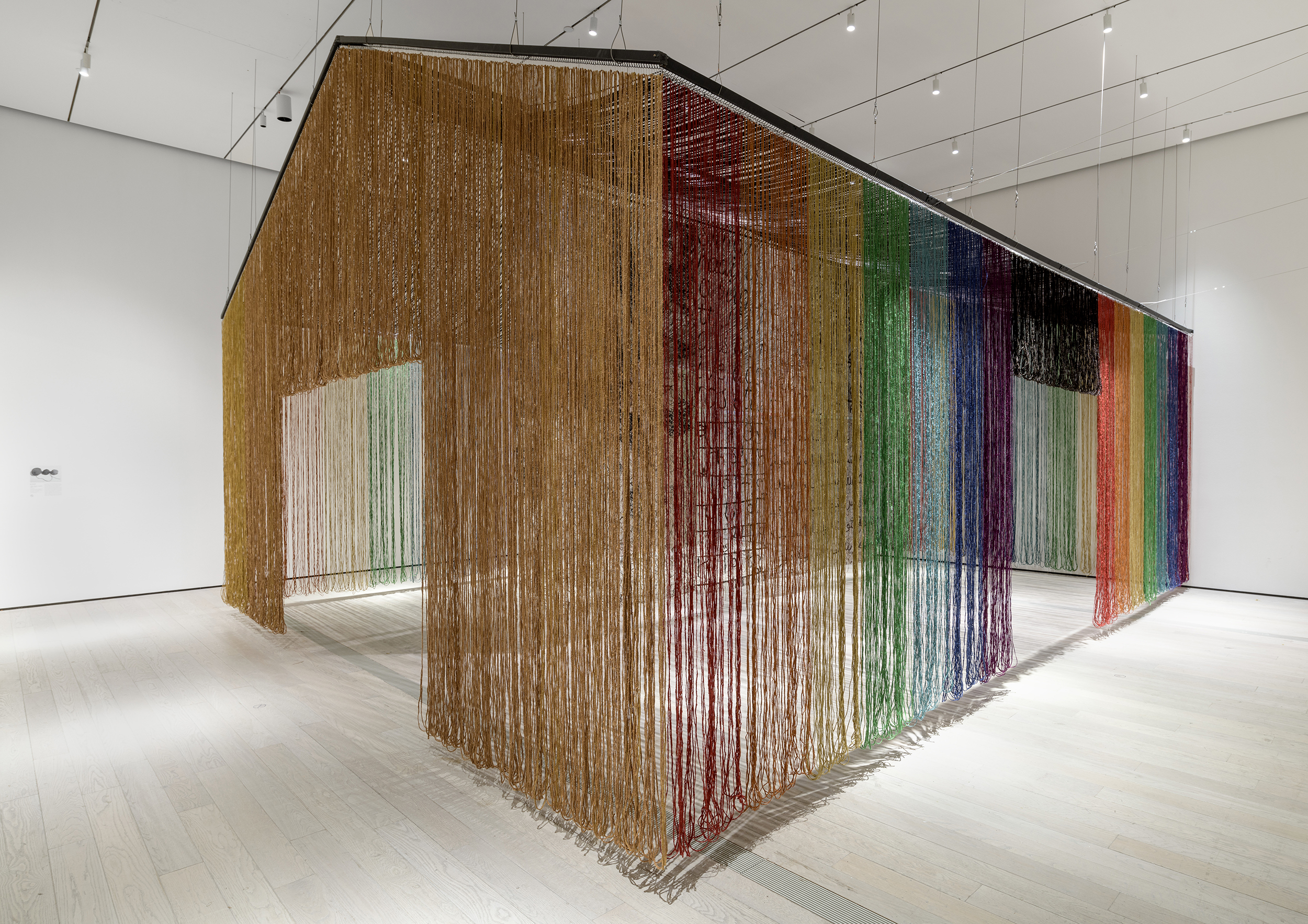
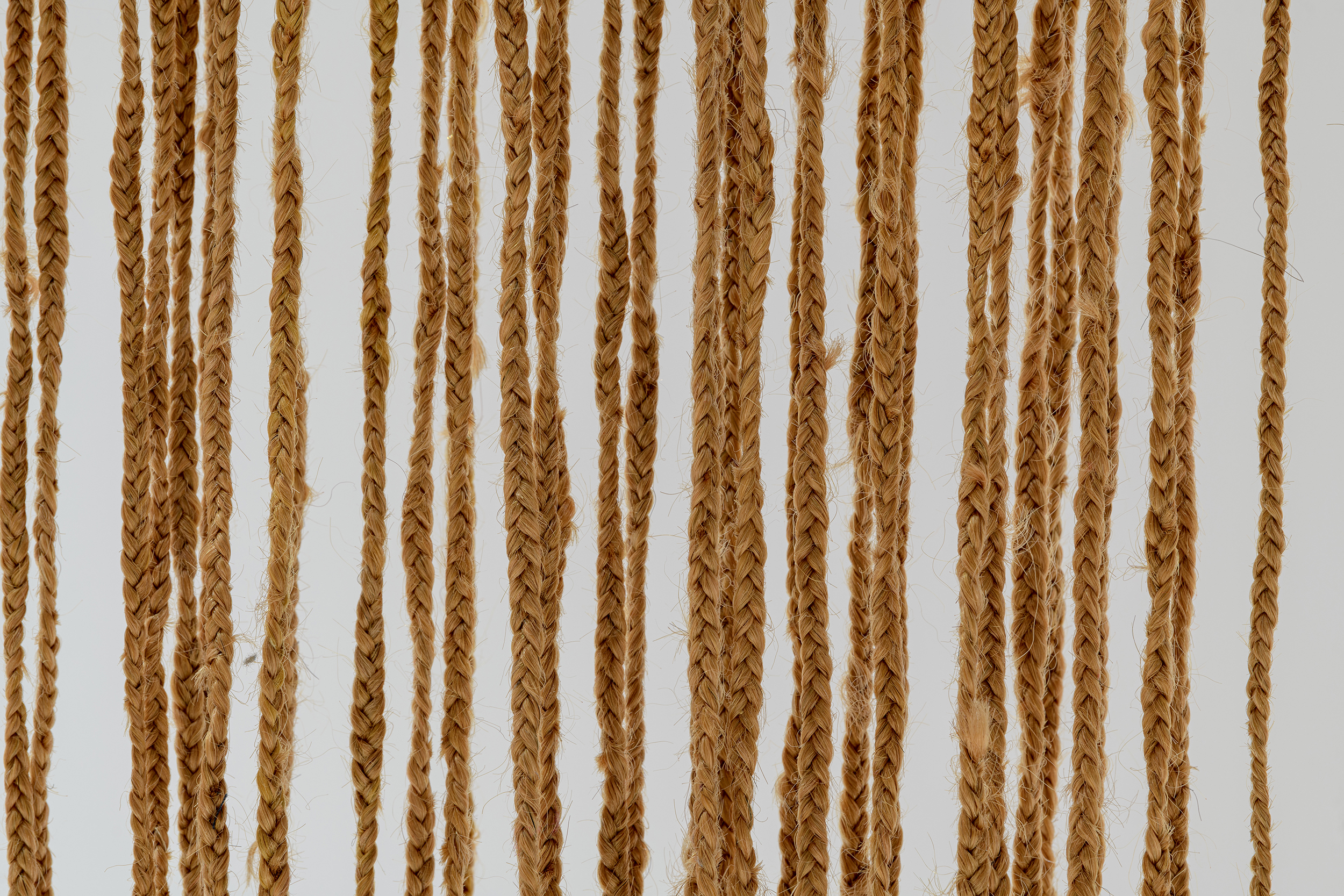
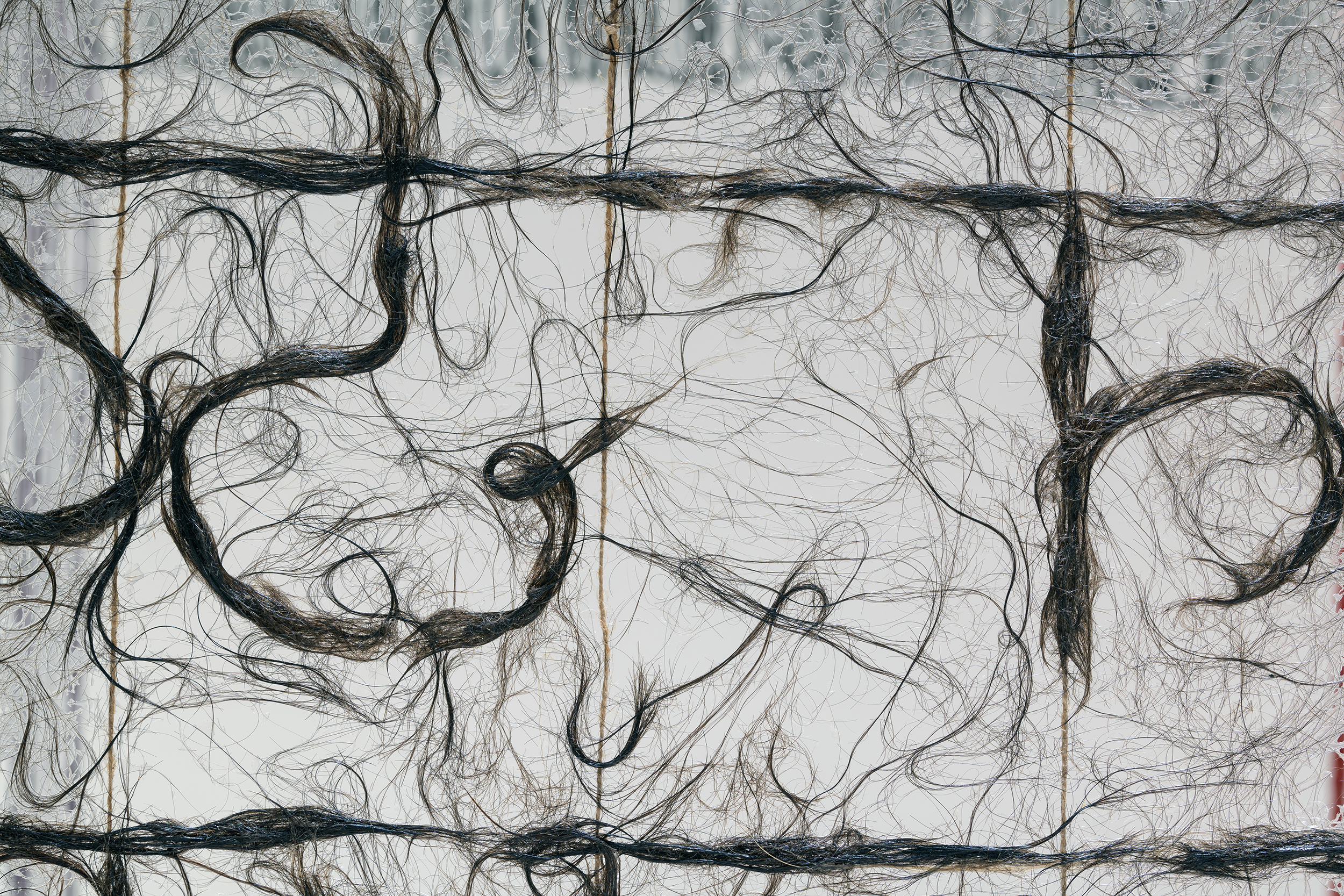
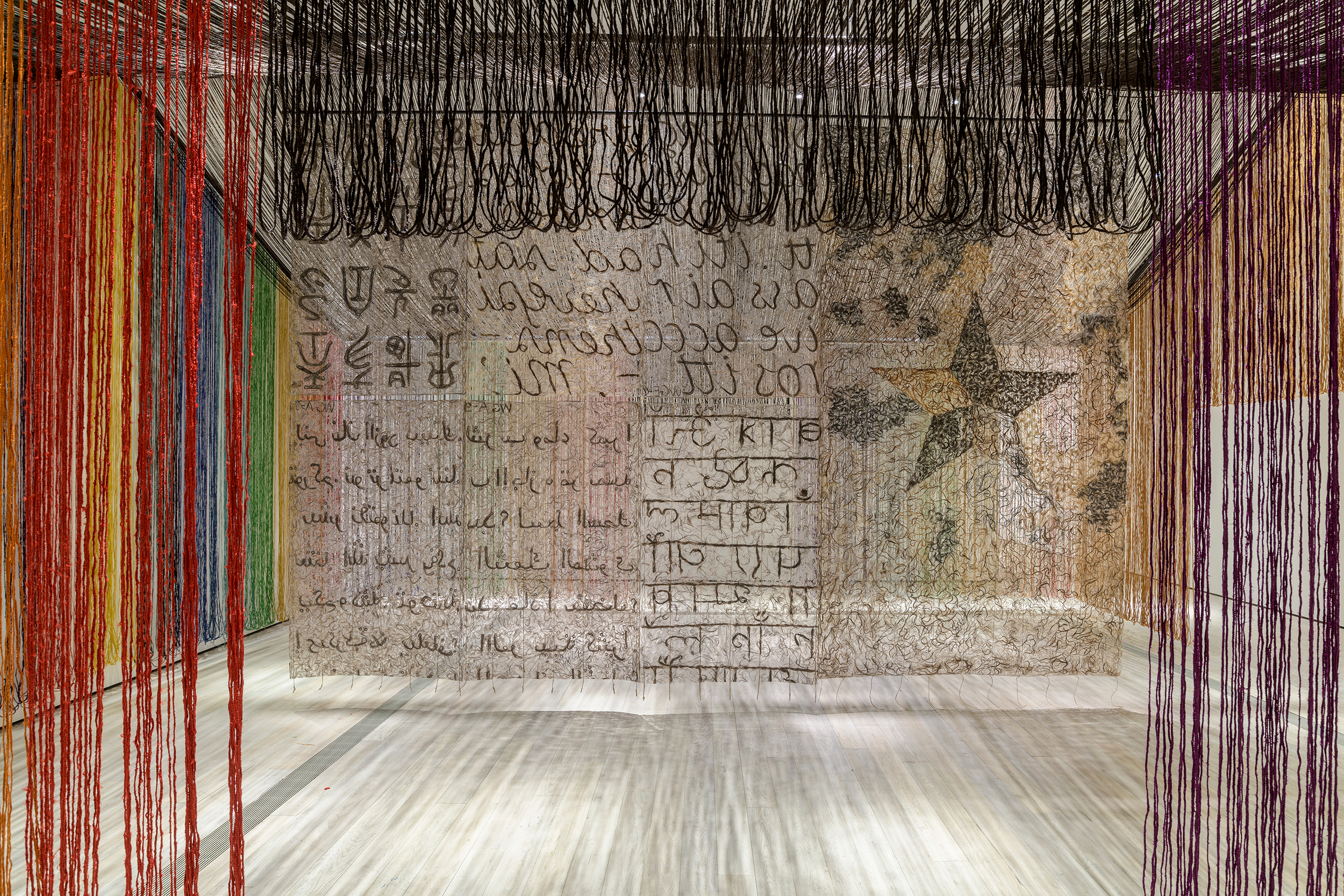
Working Process
